 Shutterstock
Shutterstock
Your dog’s tail wagging goes beyond just an expression of happiness. While most pet owners associate it with joy or excitement, a dog’s tail’s movements are a complex form of communication. Dogs use their tails to convey various emotions and intentions, ranging from friendliness and excitement to caution and dominance. The wag’s speed, height, and direction offer more profound insights into what your dog is feeling or trying to communicate, making their tail a crucial indicator of their emotions and mood.
High and Stiff Tail Wagging
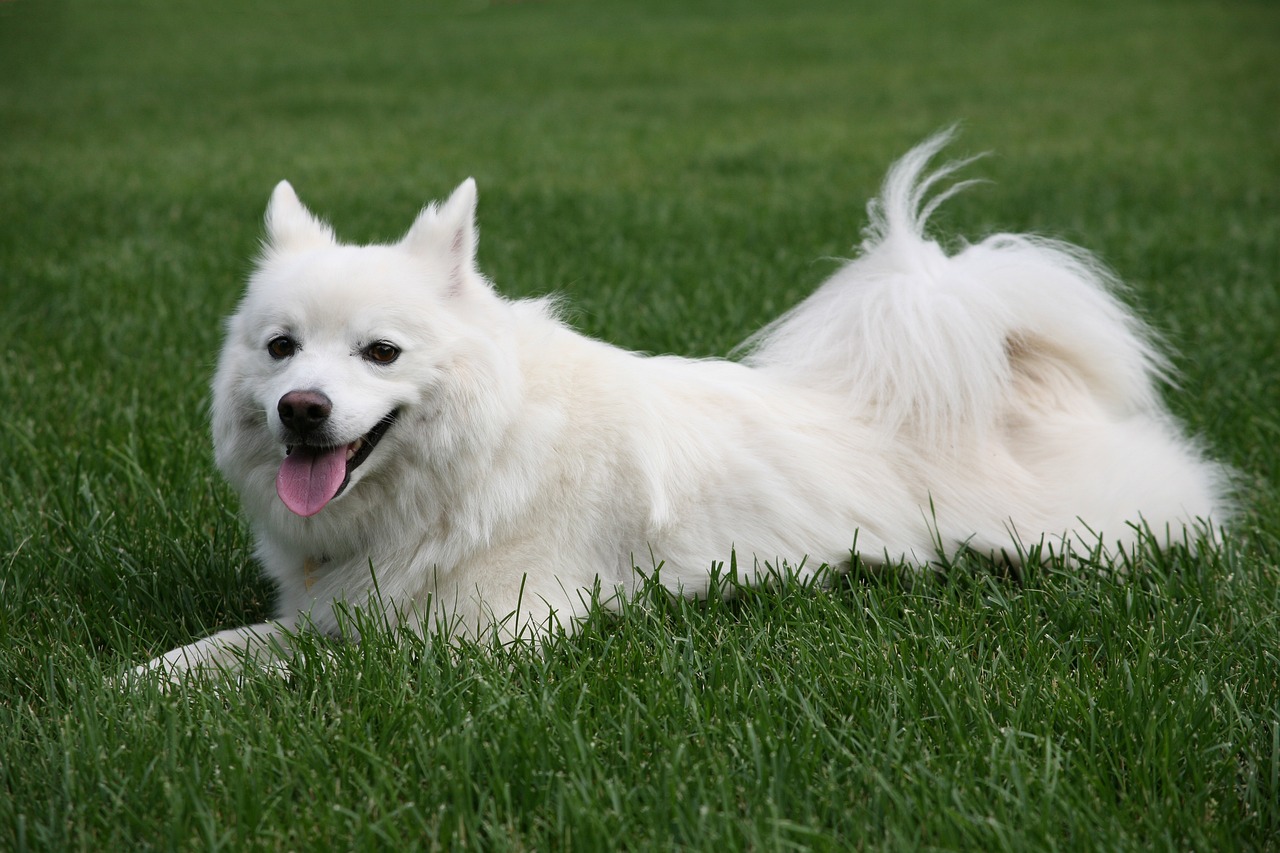 Shutterstock
Shutterstock
A dog holding their tail high and wagging it stiffly often signals confidence or dominance. A high, rigid tail is typically seen in dogs that are alert and assessing a situation, often taking control. This can happen when a dog encounters a new person or animal, asserting their presence and showing confidence in their environment. In some cases, this can also be a sign of potential aggression or territorial behavior, especially if accompanied by other body language cues such as raised hackles or a tense posture.
Low, Slow Wagging Tail
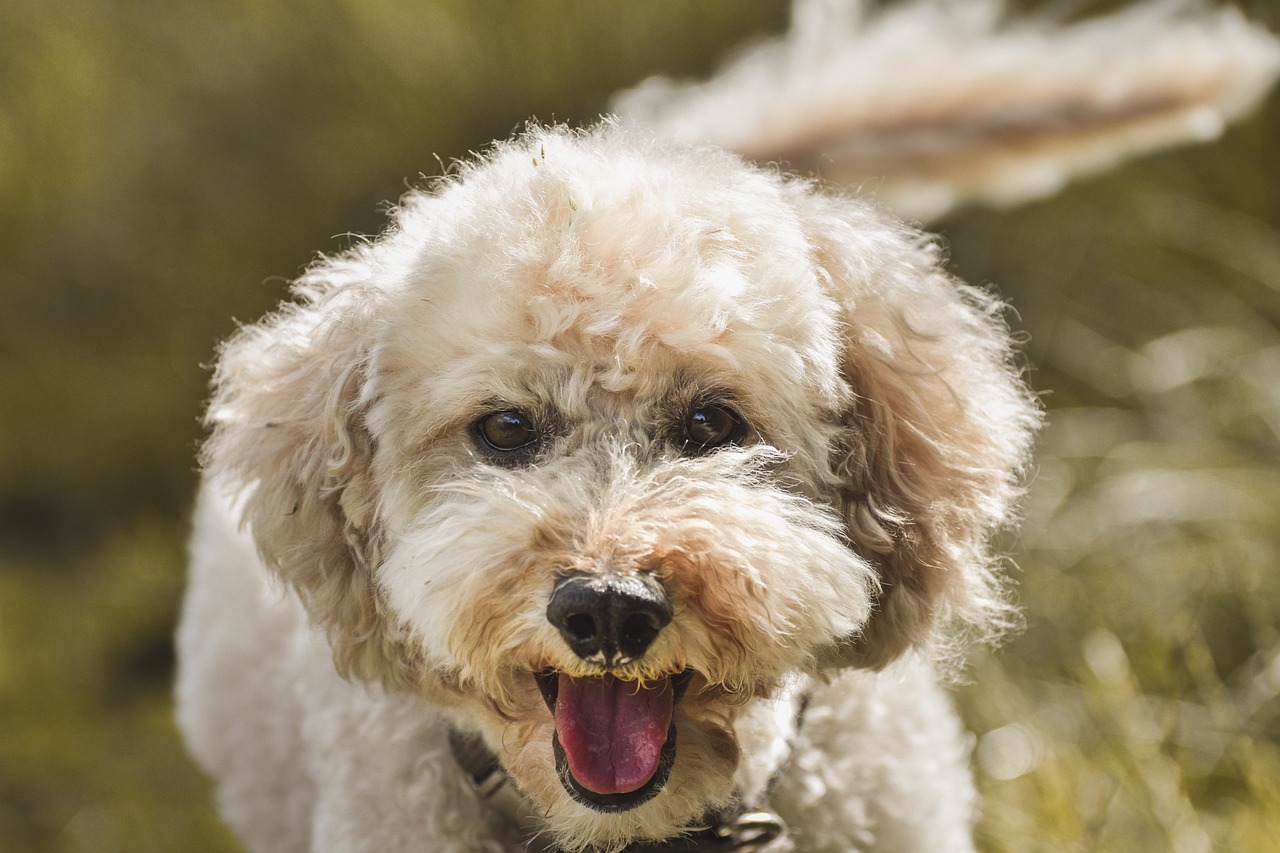 Shutterstock
Shutterstock
A tail held low and wagging slowly can indicate uncertainty, submission, or fear. This type of tail movement is often seen in dogs feeling insecure or unsure of a situation. For instance, if a dog meets a new person or enters a new environment, it may lower their tail and wag it slowly as a sign of submission. It’s a way for the dog to show they are not a threat but can also indicate that the dog is feeling nervous or anxious. In these situations, giving the dog space to feel safe and comfortable is important.
Fast Wagging Tail with Relaxed Body
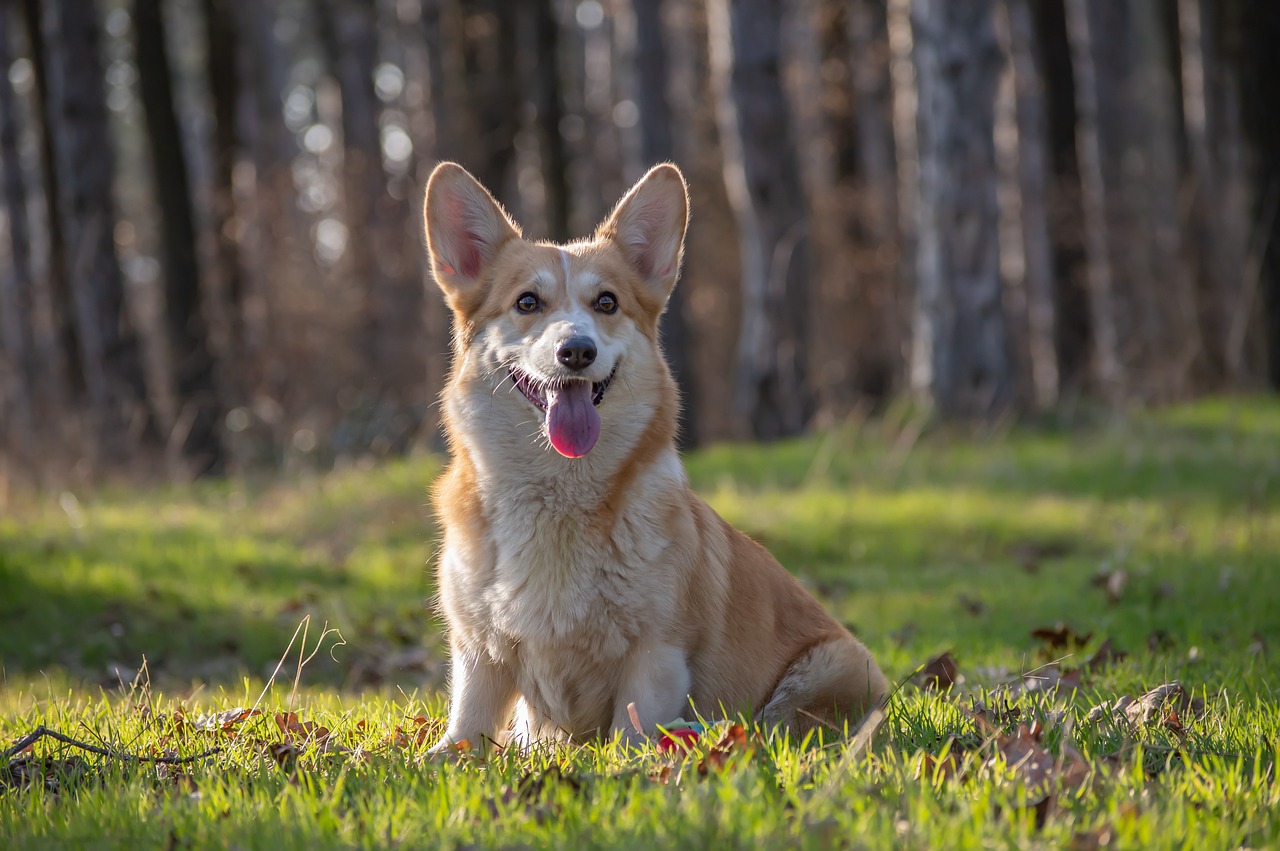 Shutterstock
Shutterstock
A fast-wagging tail, especially when accompanied by a relaxed body, is usually a clear sign of excitement and friendliness. Most people think of This type of tail-wagging when they imagine a happy dog. The faster the tail wags, the more excited the dog tends to be. This type of wagging is common when a dog greets their favorite person, sees a familiar friend, or anticipates something enjoyable, such as playtime or treats. In these cases, the dog’s entire body may sway or wiggle with the tail, signaling pure joy.
Slow Wagging with Still Body
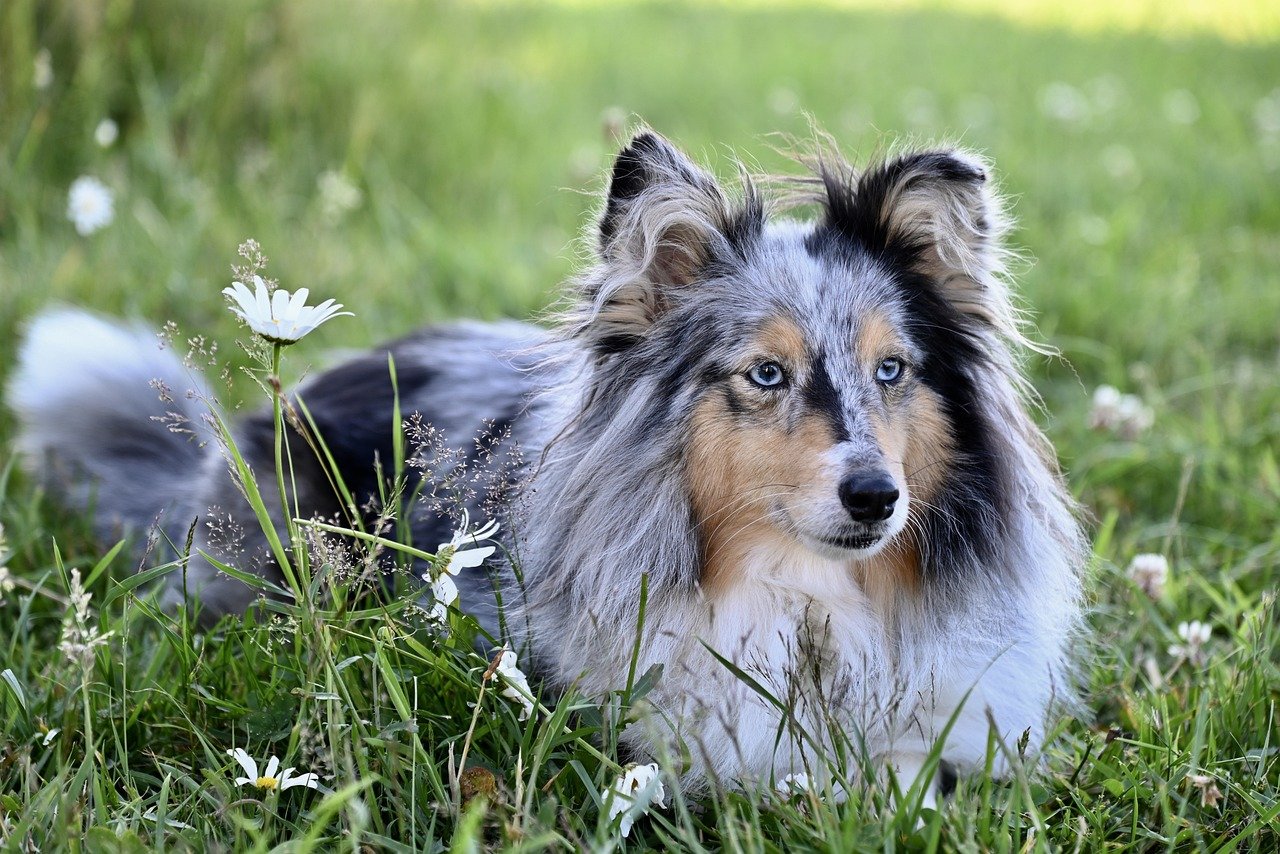 Shutterstock
Shutterstock
When a dog wags its tail slowly but keeps the rest of its body still, it can indicate focused concentration or uncertainty. The dog may be assessing a situation carefully and hasn’t yet decided how to react. This type of tail movement is often observed when a dog encounters something new or unfamiliar. The dog is watching and processing the environment, deciding whether it’s safe or if they need to be on guard. Observing the rest of the dog’s body language is important to determine if they’re relaxed or feeling cautious.
Short, Quick Tail Wags
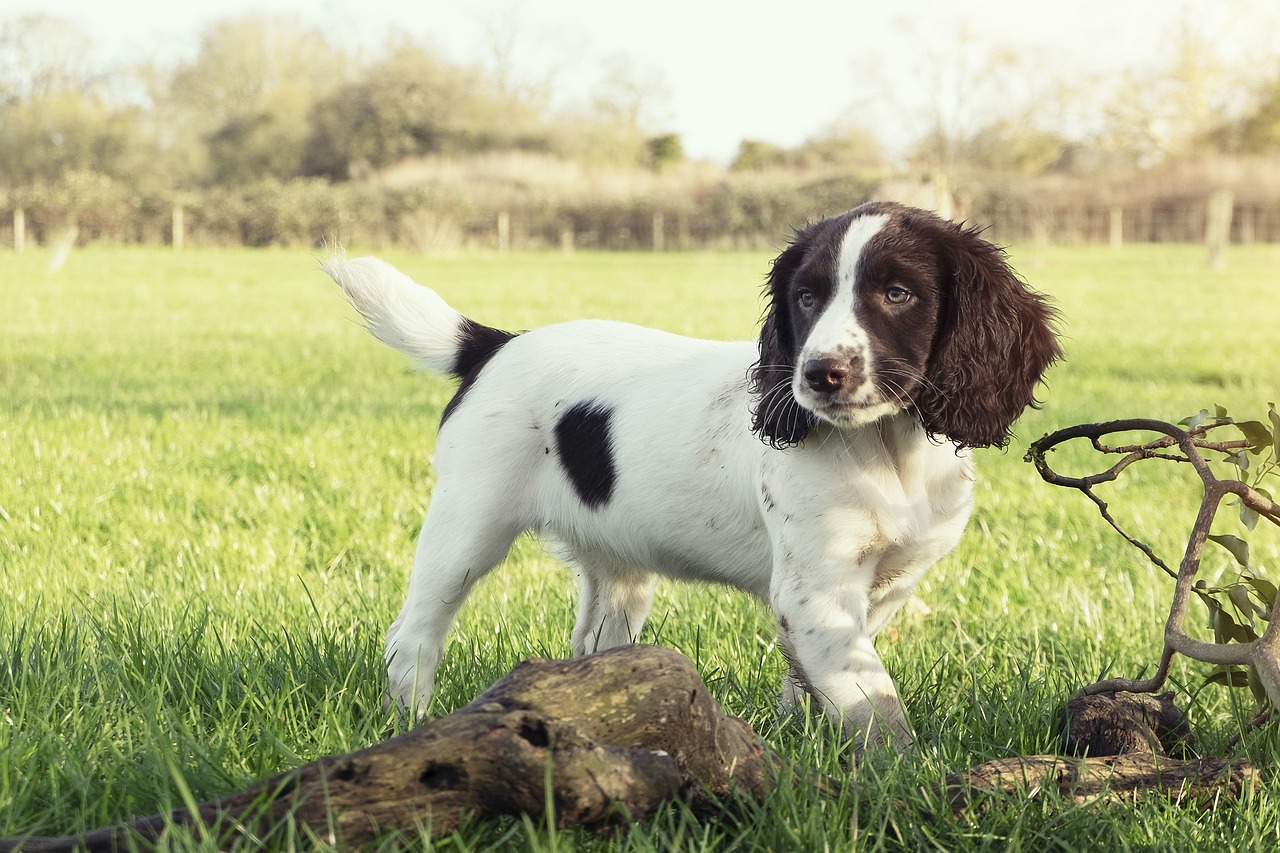 Shutterstock
Shutterstock
Short, quick tail wags often indicate heightened excitement or anticipation. This can happen when a dog is ready to engage in something stimulating, such as play or chase. You might notice this when you pick up your dog’s leash or show them a favorite toy. These quick tail movements signify the dog is eagerness and readiness for action. However, in some cases, quick tail wags can also be a sign of frustration or impatience, especially if the dog is feeling overstimulated and unsure how to release that energy.
Tail Wagging to the Right
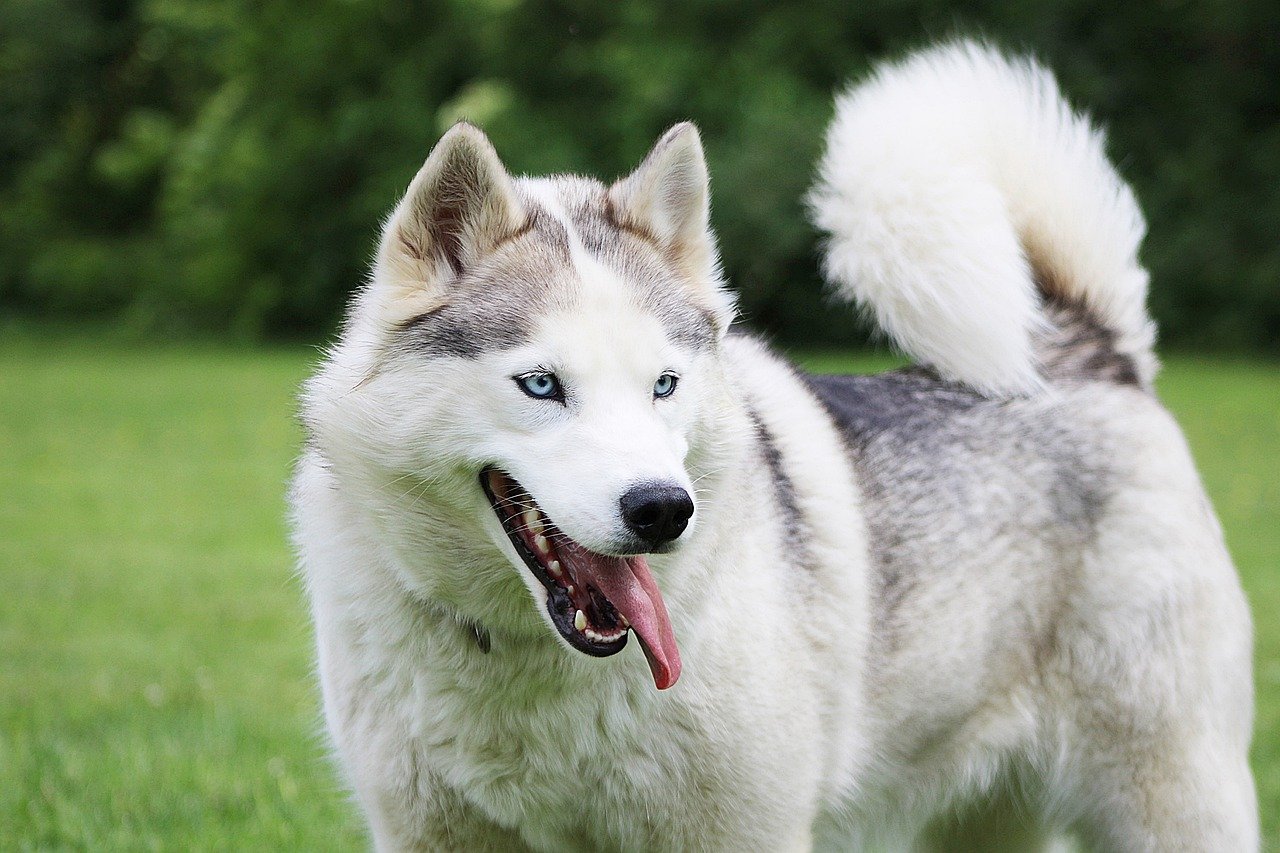 Shutterstock
Shutterstock
Interestingly, research has shown that the direction in which a dog wags its tail can convey different emotional states. A tail wagging predominantly to the right is often associated with positive emotions. This type of wagging is seen when a dog feels happy, comfortable, or relaxed. Dogs may wag their tails to the right when they see their owners, meet a friendly dog, or are in a situation where they feel safe. Tail wagging to the right can signify that your dog is experiencing pleasure or contentment in their current environment.
Tail Wagging to the Left
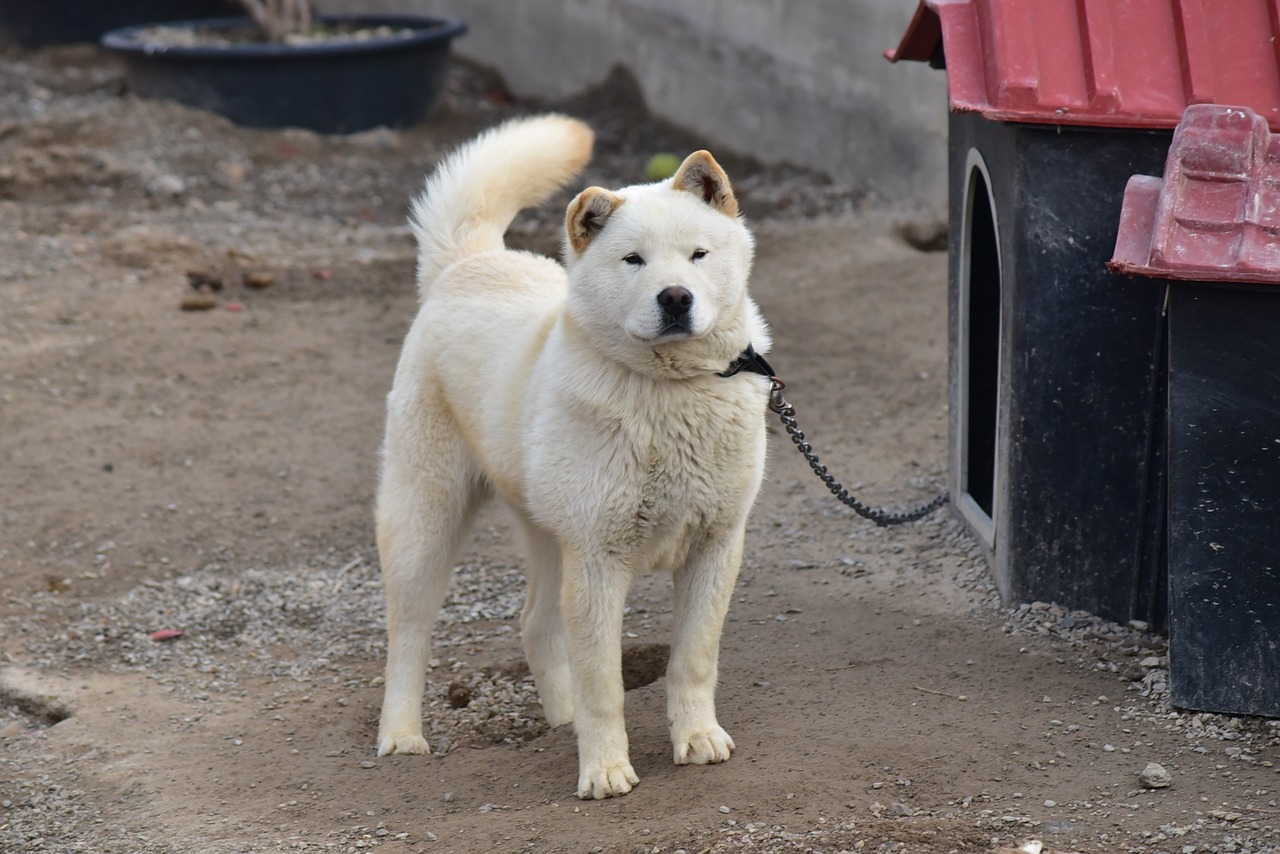 Shutterstock
Shutterstock
On the flip side, tail wagging to the left is often linked to negative or stressful emotions. Dogs tend to wag their tails to the left when feeling anxious, uncertain, or uncomfortable. This could happen when a dog is confronted with something intimidating or unfamiliar, such as meeting a new dog they’re unsure about or encountering a new environment. Wagging to the left may be a subtle sign that your dog is not entirely comfortable, and it’s important to pay attention to other body language cues to assess how they’re feeling.
Full-Body Wagging
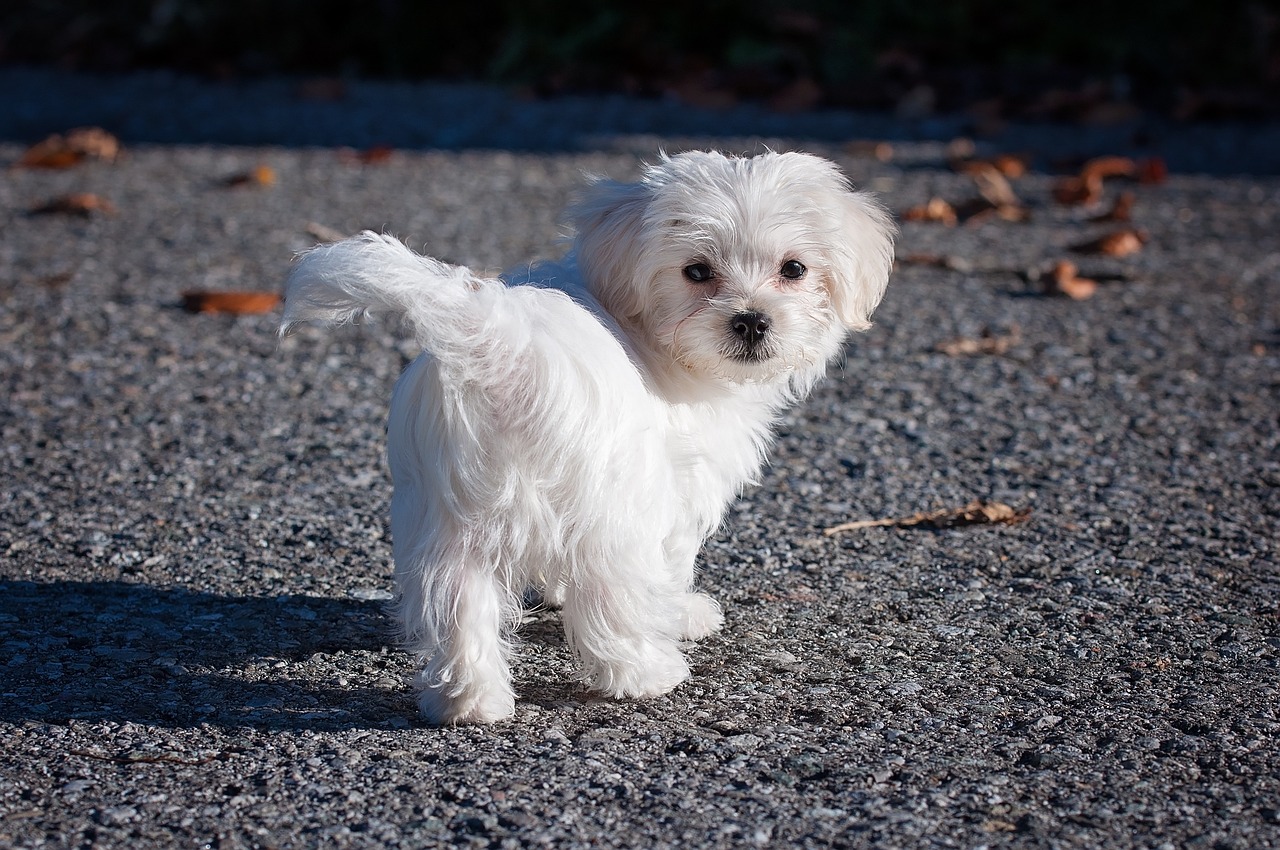 Shutterstock
Shutterstock
When a dog wags their tail so vigorously that their entire body gets involved, this is often a sign of extreme happiness or excitement. This type of tail wagging usually occurs during high-energy greetings or when the dog is extremely happy to see someone they love. Their entire body may wiggle or sway along with the tail, signaling they are thrilled and can’t contain joy. Dogs who exhibit full-body wagging are often very affectionate and social, which is a clear sign of positive emotions.
Erect Tail with Wagging at the Tip
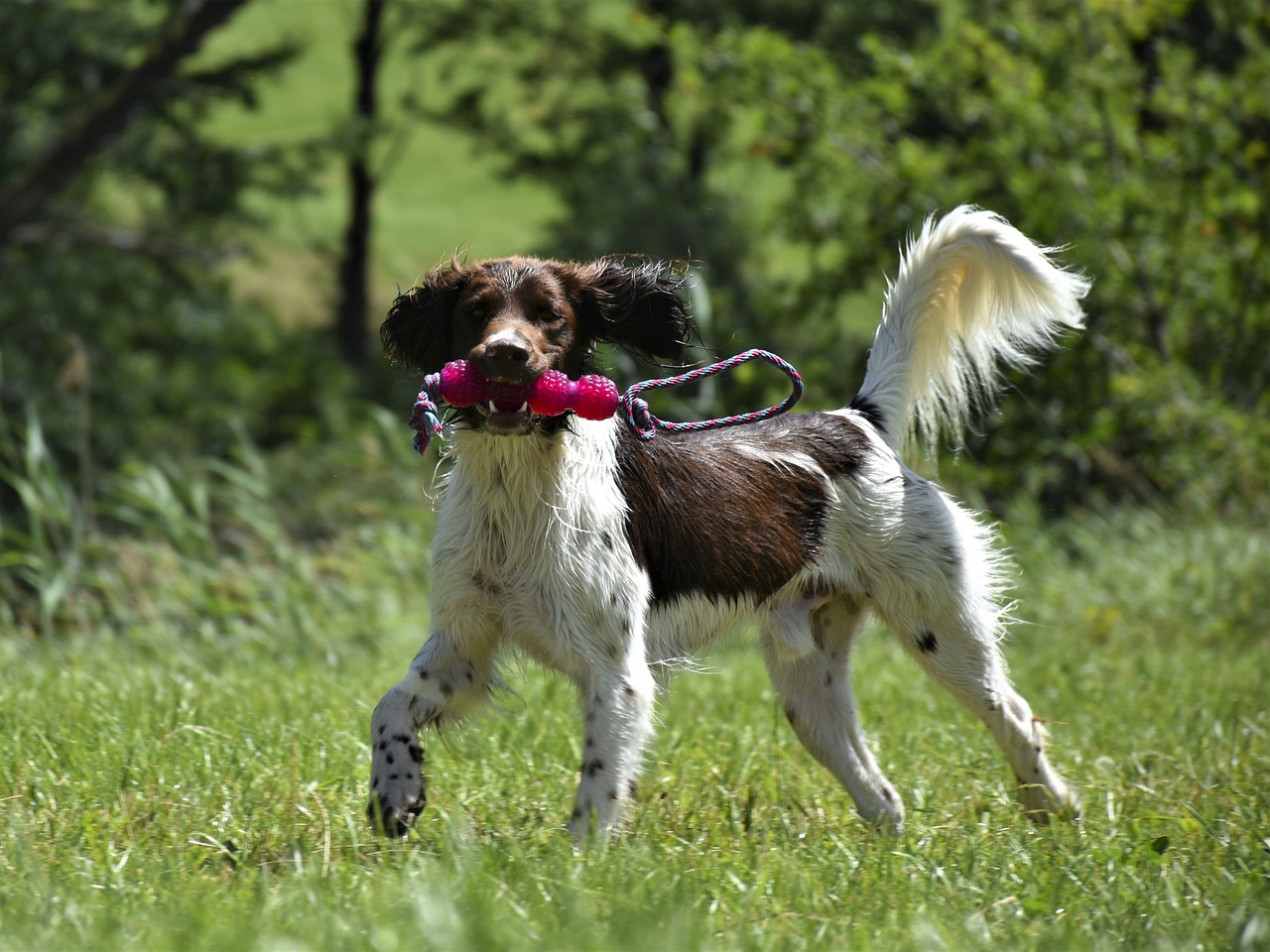 Shutterstock
Shutterstock
An erect tail with only the tip wagging is often a sign of alertness or curiosity. The dog is focused on something specific and is likely trying to assess the situation. This type of wagging may occur when a dog hears a strange noise or sees something unfamiliar in their environment. It indicates that the dog is alert and curious but not necessarily in a defensive or aggressive state. Observing what’s happening around the dog is important, as this tail movement can signal that they’re gathering information and deciding how to react.
Wagging While Lying Down
 Shutterstock
Shutterstock
A dog wagging their tail while lying down often signifies contentment and relaxation. This type of tail wagging typically occurs when a dog is comfortable and at ease in their environment, such as when they’re lying next to their owner or enjoying a quiet moment. The wagging may be slower and more subdued compared to when the dog is standing, but it still conveys positive emotions. It’s a sign that the dog feels safe and happy in their current surroundings, even if they do not engage in play or movement.
Wagging Tail in Circles
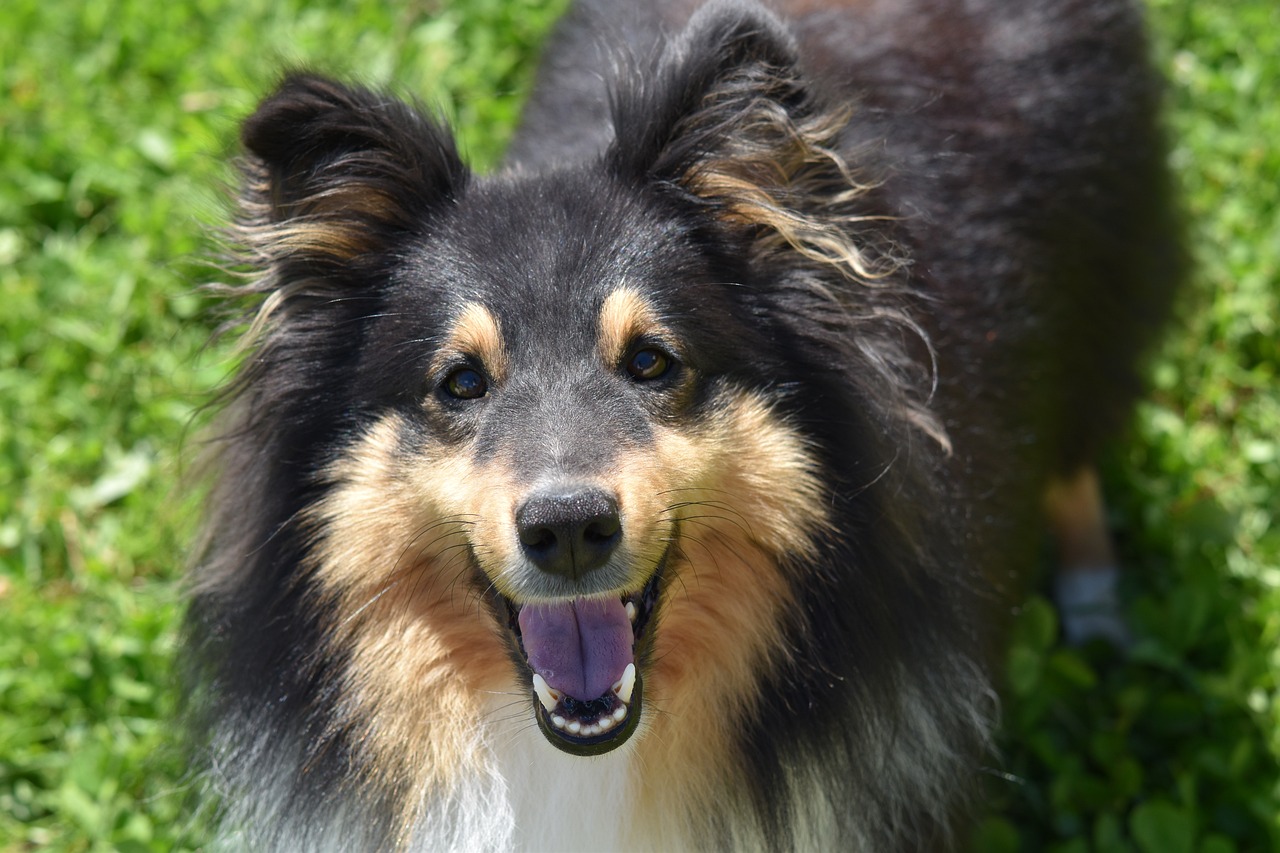 Shutterstock
Shutterstock
When a dog wags their tail in wide, sweeping circles usually shows extreme happiness or affection. This is often called the “helicopter wag,” typically seen in dogs that are particularly social and excited. Dogs may display this type of wagging when reuniting with their favorite person or feeling overwhelming joy. The circular motion indicates that the dog is feeling high excitement and affection, and it’s one of the most positive tail signals you can observe.
Tail Held High but Not Wagging
 Shutterstock
Shutterstock
A tail held high but not wagging can indicate confidence or dominance. Dogs that hold their tails high assert themselves and signal that they are in control of the situation. This is commonly seen in dogs meeting new dogs or entering a space where they want to establish their presence. The tail being held high without wagging can also indicate that the dog is alert, carefully observing their surroundings. While not necessarily a sign of aggression, it does indicate that the dog is taking a dominant or confident stance.
Decoding Your Dog’s Tail Language
 Shutterstock
Shutterstock
Your dog’s tail is an essential communication tool, offering insight into their emotions and intentions. While many associate tail wagging with happiness, it can indicate various feelings, including excitement, affection, caution, or uncertainty. Understanding the subtleties in the speed, height, and direction of your dog’s tail movements can give you a clearer picture of what they’re trying to convey. By paying attention to these cues, you can build a stronger connection with your dog and ensure they feel understood, supported, and comfortable in their interactions.

 1 month ago
18
1 month ago
18
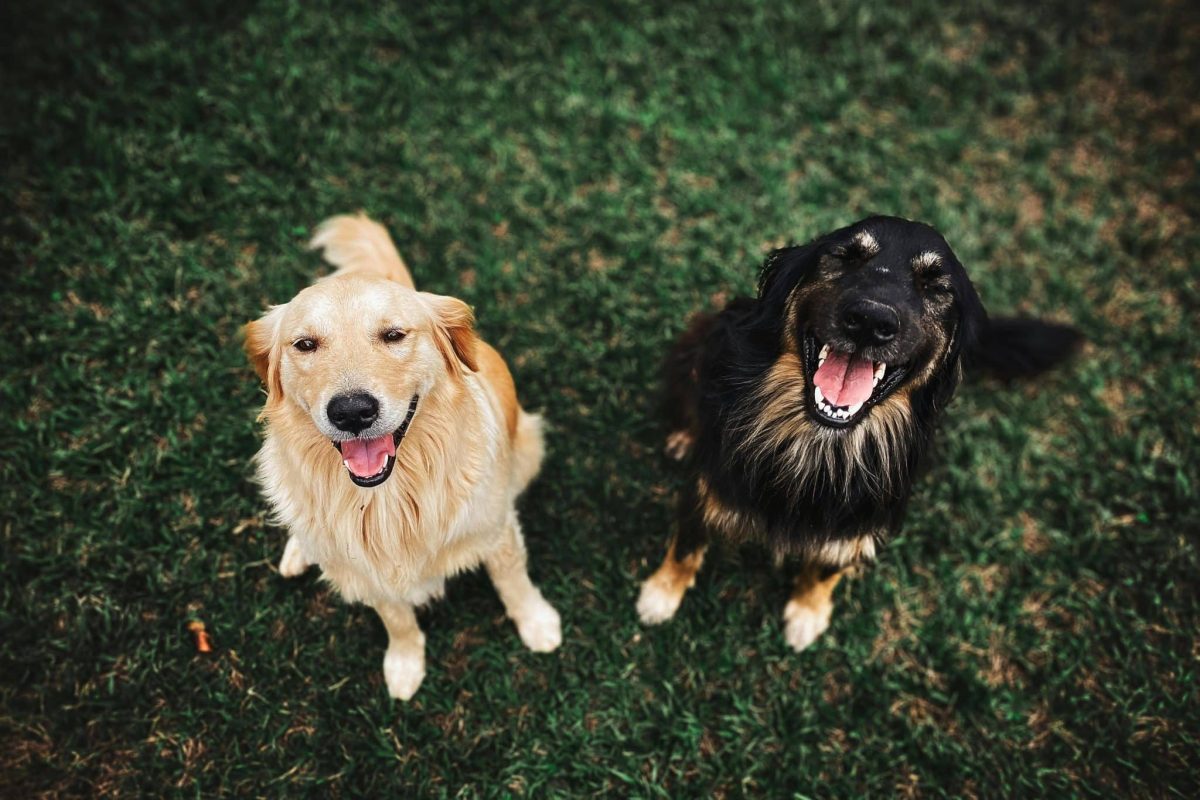




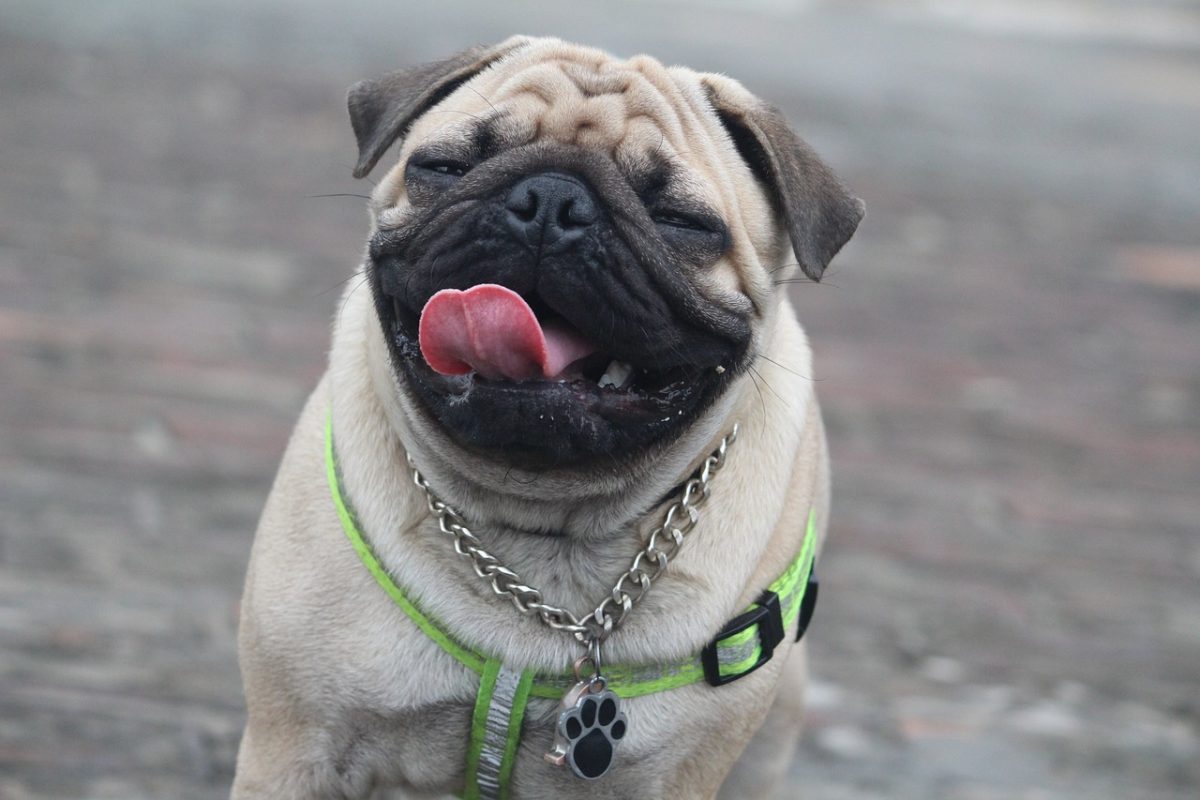
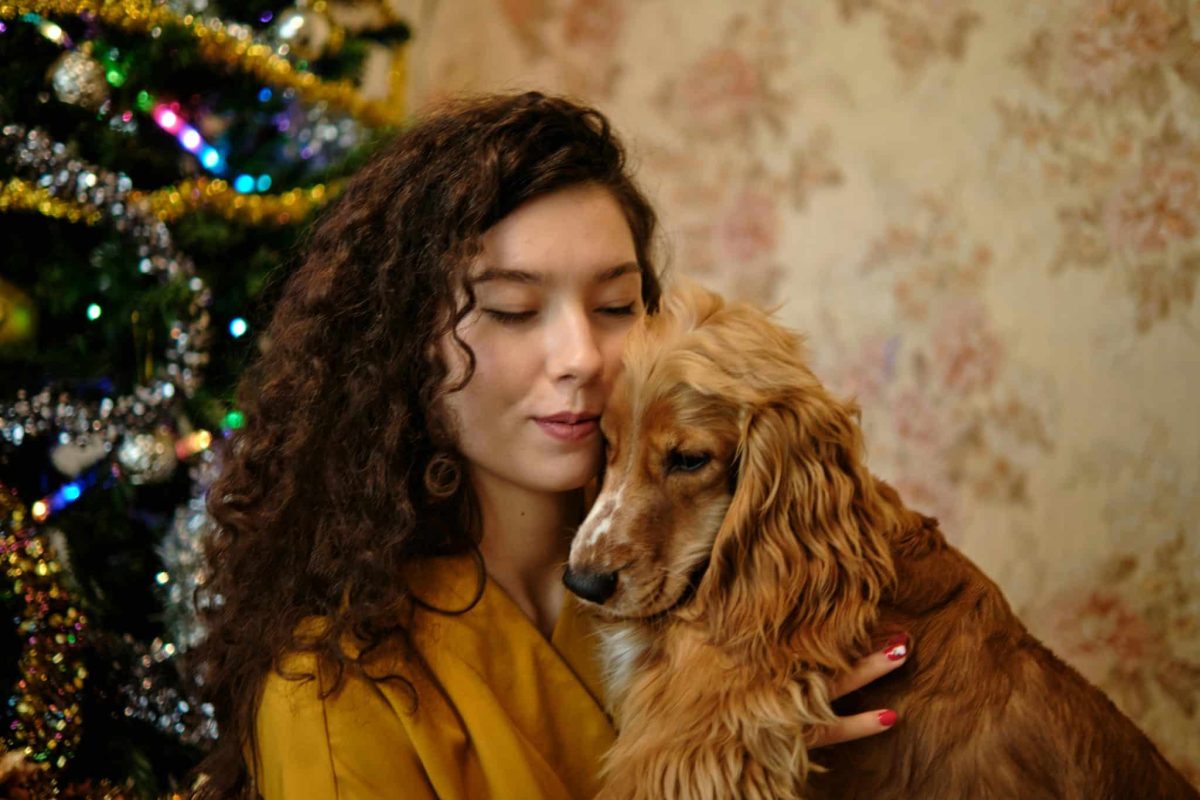











 English (US) ·
English (US) ·